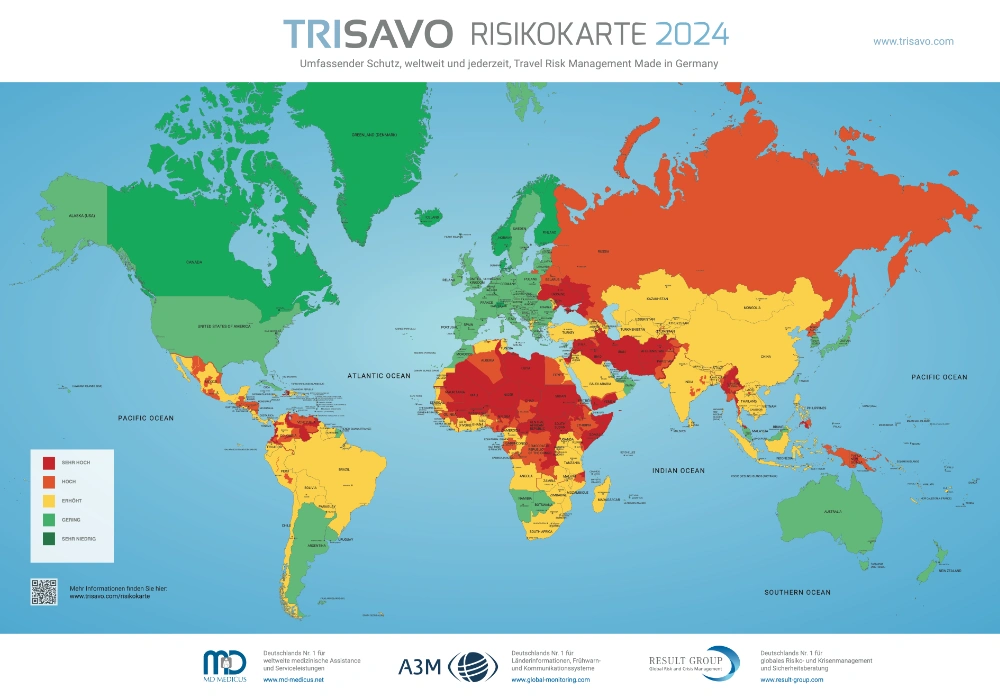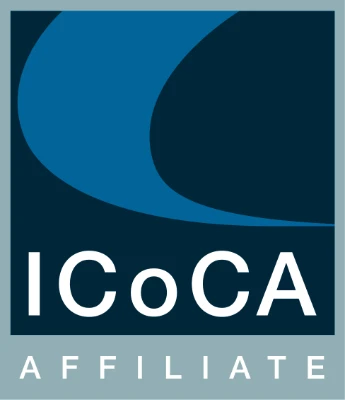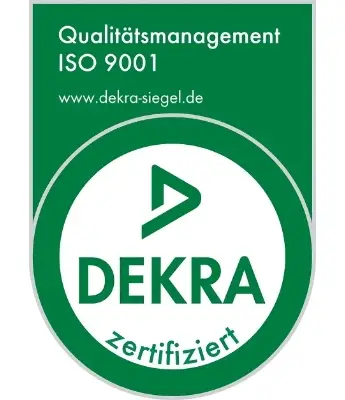SECURITY SOLUTIONS > Risk Map 2024
Risk Map 2024
TRISAVO stands for protecting the health and safety of employees abroad. Since 2014, medium-sized companies, corporations and insurers have trusted in our expertise. In 2024 we will also publish the TRISAVO risk map together with our partners.
Travel Risk Management – Made in Germany
TRISAVO GmbH is the specialist for holistic travel risk management. There are three strong German partners behind this: the Result Group, A3M Global and MD Medicus (global health service).
Our risk classification – guidance when assessing countries and regions
With our TRISAVO Risk Map 2024, we offer you guidance in assessing global security risks.
The risk classification is made up of assessments in the following categories:
- Entry and exit, transport (plane / air transport, local public transport, taxis, cars / rental cars, other means of transport)
- Strike, infrastructure (money, telephone/mobile communications, internet, electricity)
- Health (vaccinations, infection risks, hygiene, health care)
- Natural hazards and environment, security (crime, demonstrations/unrest, terrorism, armed conflict)
- Economic security (corruption, industrial espionage) and
- Special risks (cultural peculiarities, LGBTQ, female travelers, criminal law peculiarities).
A variety of factors therefore play a role in the classification of countries and regions. Countries and regions for which travelers should definitely inform themselves about country-specific risks before a trip are marked using the signal colors orange and red.
In principle, however, safety-related information is important for travelers even in countries with a low risk rating.

Very high risk (red)
Traveling involves very high risks. The country or region can only be traveled to with significant restrictions. Before such a trip, comprehensive planning, including a safety concept, is essential. Government authorities generally advise against traveling to these areas as the security situation is extremely tense due to factors such as armed conflicts, terrorist organizations, serious violent crime and unrest. In many of these areas there is also a lack of government control and security forces and emergency services are often rarely available. Travel to such areas should only be undertaken with detailed information about the local situation and thorough preparation. It is the responsibility of the sending party to prepare employees specifically and thoroughly for such trips.
High risk (orange)
Traveling involves high risks. The country and the region can usually only be traveled with major restrictions. Before traveling, essential precautions must be taken, such as developing a comprehensive security concept. Government authorities often advise against traveling to these areas, at least in certain regions. In some parts of the country there is an extremely tense security situation, characterized by armed conflicts, terrorist organizations, high levels of violent crime and frequent unrest. Additional security measures may be required on site. Access to affected areas may be severely limited for travelers and security forces and emergency services are often rarely available. Such areas should not be visited without detailed information about the local situation and adequate planning. Due to the duty of care, it is appropriate for the sending party to prepare the employees specifically and thoroughly for such trips.
Increased risk (yellow)
Traveling is associated with increased risks. However, the country or region can be traveled without extensive precautions. The security situation may be tense due to widespread violent crime and there may be significant health risks, natural hazards or other special risks about which government authorities usually warn. Prolonged, violent protests are often not atypical locally. Overall, dynamic changes in the situation must be expected, but precautionary planning is usually comparatively easy to implement because security and healthcare systems are usually functionally in place. Such areas should not be traveled to without prior information about the local situation and established emergency preparedness. Due to the duty of care, it is appropriate for the sending party to prepare employees for such trips.
Low risk (light green)
Traveling is associated with low risks. The country or region can be traveled with few restrictions. There are identifiable risks, mostly in areas such as strikes, health, natural hazards, crime and/or demonstrations, which may affect travel and require special measures. The security and health system is good overall and comparable to the domestic level. Due to the sending party's duty of care, such destinations require appropriate preparation on the part of the employee, for example through information about the existing risks and basic emergency preparedness.
Very low risk (dark green)
Travel is usually associated with very low risks. The country or region can be traveled without restrictions. Violent crime against travelers is rare and there are no significant risks from natural or health hazards. Security forces and emergency services are reliable and easily accessible. The transport and infrastructure meet high standards. Although terrorist organizations could exist, they do not pose an immediate threat, but an abstract terrorist threat cannot be completely ruled out. Violent protests are rather unusual and usually localized. Strikes rarely affect essential services such as police and medical care. Storms do occur, but are rarely destructive on a large scale. Overall, the risk situation is very comparable to the domestic level. Due to the duty of care, the sending party should prepare employees for such destinations, for example by providing information on identifiable risks and basic emergency preparedness.


